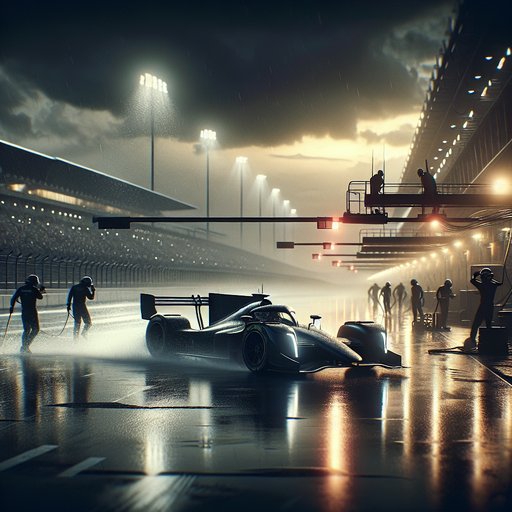
Tires are the only part of a Formula 1 car that touch the track, turning aerodynamic load and engine power into lap time. Over the last quarter-century, tire technology and regulation have shaped not only the speed of the cars, but also the storylines of championships, strategies, and safety. From the Bridgestone–Michelin rivalry that fused engineering with politics, to Pirelli’s brief for designed degradation, rubber compounds and constructions have often been the decisive variable. Understanding how tires evolved in F1 is to understand how races are won, lost, and sometimes transformed overnight by a single safety car or a shift in track temperature.

Formula 1’s recent expansion into Saudi Arabia, Qatar, and Miami reveals how a 74-year-old championship grows commercially while guarding a European identity that shaped its culture and fanbase. New promoters bring state-of-the-art venues, prime-time TV windows, and festival-scale hospitality, while long-standing circuits evoke continuity and history. The result is a calendar that is bigger, more global, and more complex to balance. The tension between spectacle and substance, new audiences and old loyalties, is not a crisis so much as a design challenge—and the way F1 solves it will define how the championship is remembered in the coming decade.

Rain is the great equalizer of Formula 1, a force that can overturn form, elevate the brave, and punish the unprepared. When weather moves in, races become exercises in timing and touch, where tire choices and pit windows matter as much as raw pace. The sport’s most memorable afternoons often arrive with grey skies, because wet conditions amplify the strategic and human elements that define F1. Decisions must be made with incomplete information, drivers adapt corner by corner, and engineers chase a moving target. Understanding how teams and drivers navigate the wet shines a light on the sport’s evolution—technically, operationally, and competitively.

Spa-Francorchamps is more than a venue on the Formula 1 calendar; it is a living archive of how grand prix racing has grown up. Carved through Belgium’s Ardennes forests, the circuit has tested bravery, accelerated safety thinking, and rewarded technical ingenuity for nearly a century. From its fearsome road-course origins to its sophisticated modern incarnation, Spa has remained a place where drivers measure themselves and engineers validate ideas under real stress. Its story threads through motorsport’s most consequential debates—speed versus safety, spectacle versus sustainability—and still produces the kind of racing that reveals who and what is truly fast.





















































